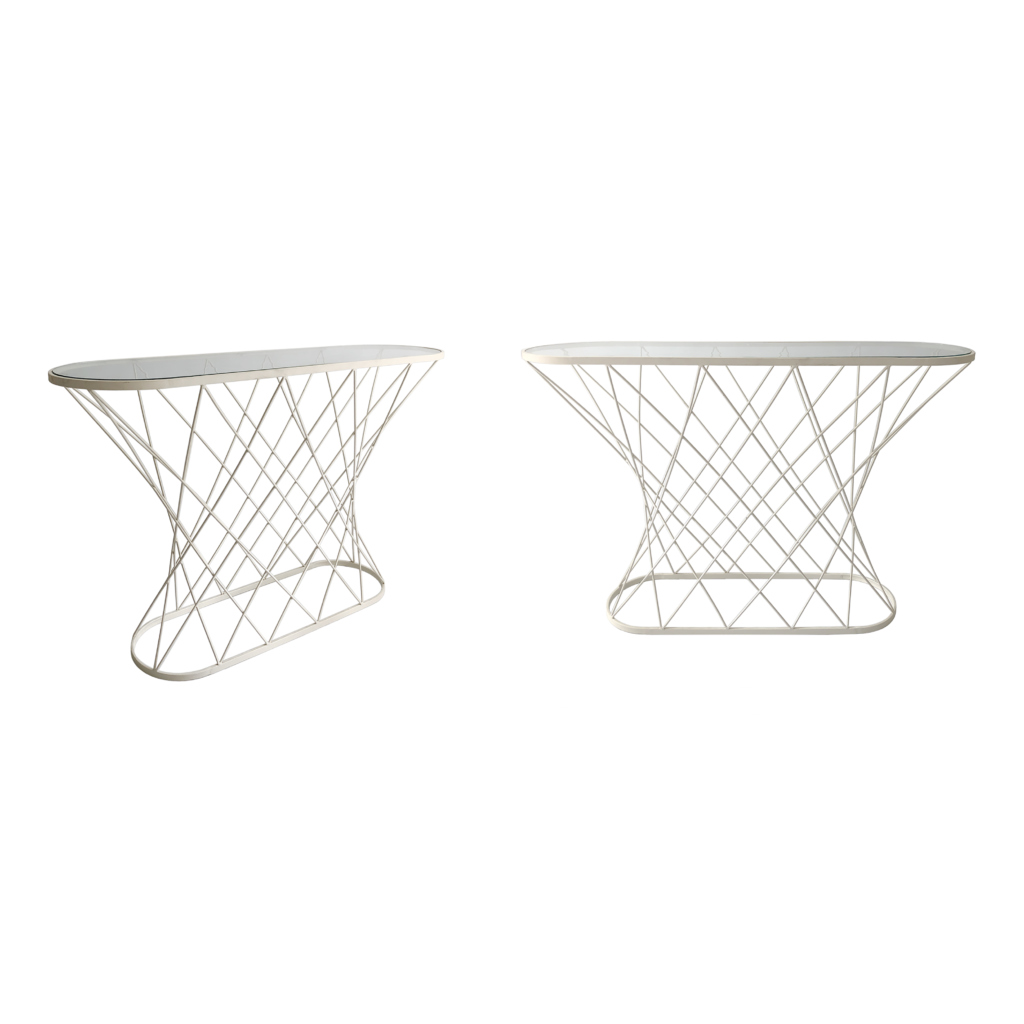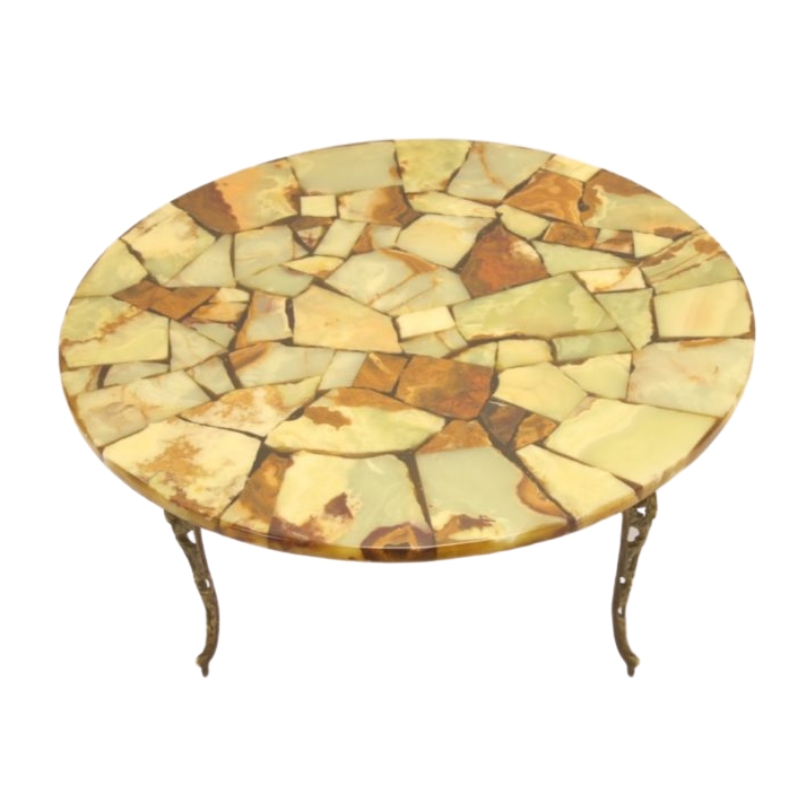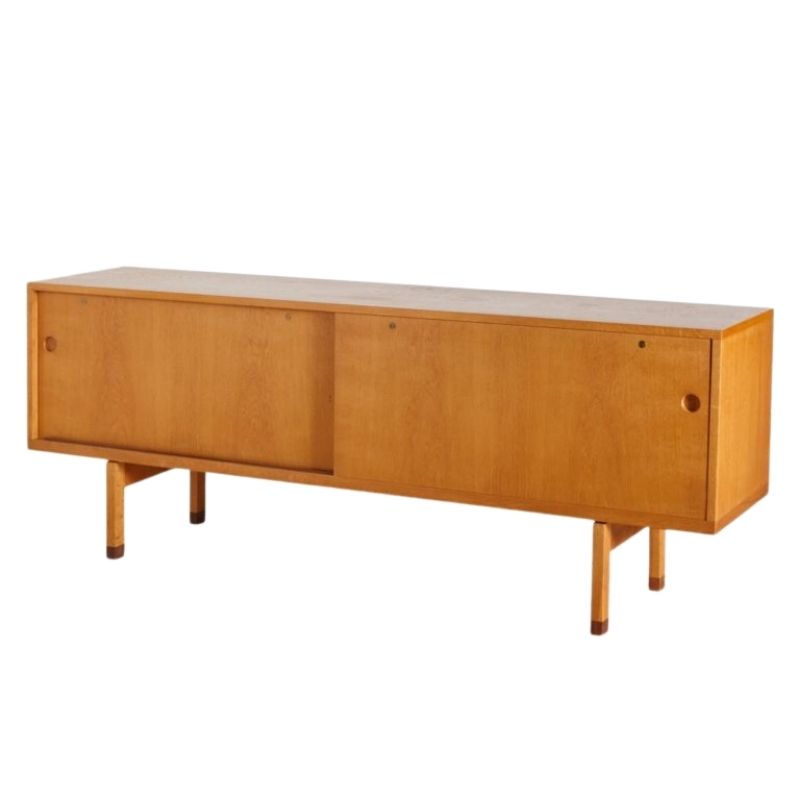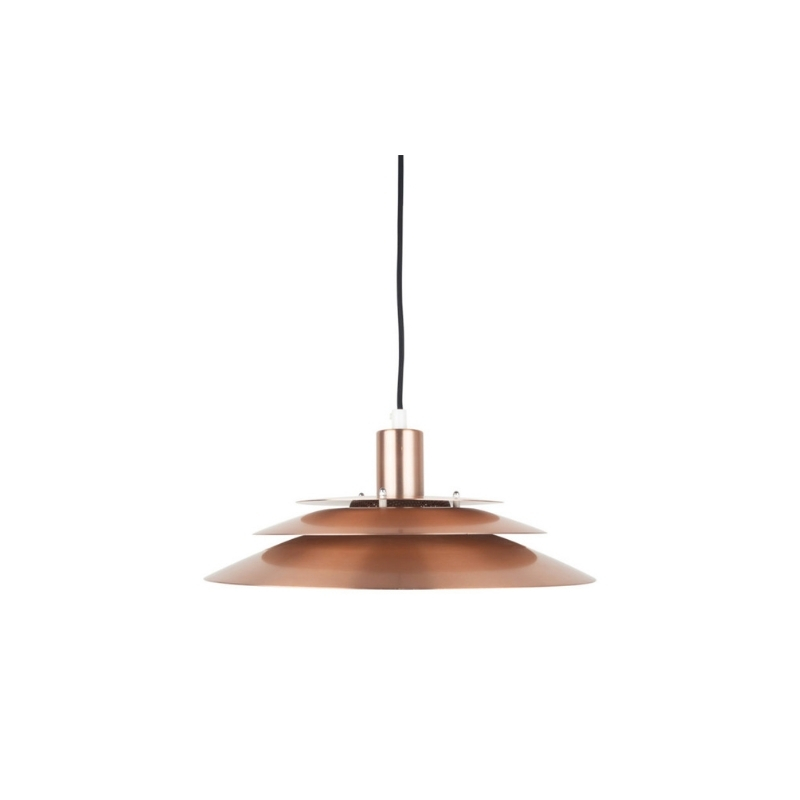Dear reactcreative
Just one or two comments on your assumption that thermosetting plastics can not be recycled. Polyester is easily and massively recycled by depolymerisation with the help of glycol. The second point is that there is no reason not to use oil, especially not to make materials,especially not when they can be recycled. Plastics are only 2-3% of the total amount of oil that is pumped up. In many cases it actually contributes to more eco-friendly solutions, think insulation (I know the environmental footprint of Polystyrene foam is about 400 mPt/kg and rock wool is only 60 or so, but considering how chemically and morphologically close rock wool is to asbestos, I am not so sure that I prefer that the rock wool),think lighter packaging materials etc. It is a shame that we burn it up in our cars and make greenhouse gases in the process; it is not a shame to use it properly.
In general I would say that HM could be right, but could be wrong to. On paper the choice of polypropylene is slightly better. Polypropylene's footprint is 305 mPt/kg + 80 mPt/kg for the injection moulding process. Glass fibre re-enforced polyester is 340 mPt/kg. I have no reliable figures on the pressing process but as far as I can calculate it, a fair guess would be 24-26 depending on the efficiency and insulation of the tooling. Let's say that it is 385 for PP and 365 for polyester. Unfortunately the polyester is both thicker and heavier: I,2 kg./dm3 versus 0,907 kg/dm3 for PP. I do not know the weight of either one but I would be surprised to be contradicted if I say that the polyester one is twice as heavy as HM's PP version. The production of polyester requires the use of some cancer causing, antimony derived products, but they are well controlled during the process. What makes it undecided at the end for me is that one has to multiply by the effective live-time of the product. PP could last for a long, long time, depending on how well the shell is designed and moulded. Eames never designed it for PP, but I suspect that he is not different from most designers who consider everything possible and properly made as long as it comes out of the mould. Few designers are capable of designing for durability. I have never seen a HM PP shell so would not be able to judge how tension free the design is. Tensions caused by small differences in the cooling process caused by unbalanced wall thickness or un-sophisticated cooling design will eventually cause cracks and make the product useless. Polyester is slightly less sensitive to these problems but as any other thermo-setting it will continue to stratify and become more brittle. Much depends on the amount of maintenance that the owner is willing to put in the product?while sitting on the fence I am with Whitespike.
Thanks Koen I understand ...
Thanks Koen I understand what you are saying,
Being in the Family oil business for over 70 years
we are proud of our industry. with out it, see how long this world can make it. Being green is cool but being tolerant and understanding is better.
When the oil business works with other industries all are winners,
Herman Miller has been a leader in all Eco issues. no need to bash them.
As always, an excellent dissection of the issue, Koen.
May I add that inherent in the sustainability of any product is its longevity. Polypropylene is softer material than the original FRP, and is more prone to scratching, scarring, abrasion. The PP chairs will wear faster, and need to be replaced more often than FRP chairs.
One more observation. The PP execution is not something Charles and Ray (nor any competent designer) would find acceptable. By integrating the shock mounts into the shell, and not compensating for wall thickness, Vitra has introduced sink and flow marks in the A-surface that are more the realm of "cheap knockoff" than "homage."
Poach, perhaps Charles wouldn't have approved
but Ray Eames was working on the PP plastic at the time of her death.
Both of the Eames' were concerned about materials safety and quality and I have read that they were very concerned about nature and when it was determined that Fiberglass was not safe to dispose of affordably, they approved the discontinue of their plastic chairs until a replacement material was found.
No argument about the history, Barry
Our sources are agreed that that Ray took part in the decision to change materials. I do think the logic behind changing to PP is a bit flawed. Neither PP nor FRP is exactly green; but whatever the material, I'm glad to see the chairs available again.
I'll stand by my statement about the poor execution. There are significant A-surface flaws due to poorly designed integration of the shock mounts. That's not the fastidious attention to detail for which the Eames' were known.
Ray's advocacy for PP as a material choice shouldn't be confused with approval of the current execution, which was launched more than a decade after her death.
Poach,
I have always thou...
Poach,
I have always thought this too. Why would they integrate the shock mounts into the actual shell? That defeats the purpose of the shockmounts. Too much play in this chair and the outer edge of the "shockmount" tears and you have an unfixable hole in the chair. It would have made more sense to continue using a basic elastomer shockmount adhered to the bottom of the PP shell. This would have increased the life of the new chairs significantly. Maybe that will be the next step as they see more and more of this as these chairs age.
Dear Poach,
I think you put the finger on an important consideration. The choice of materials is only one part of the design process; to use them properly is a different one. As I have said previously, I have not looked at the PP shells from a plastic-technical point of view, so I have nothing to comment on. But in a world of limited resources, we have to learn to use them better and make them as durable as possible. Especially I would say in the case of a design that has shown to last very well. I often see blatant abuse of materials in contemporary design, by very creative designers with no clue about the proper use of materials and their environmental footprint, but it does not make me overly concerned because most of them only exist in small numbers and their significance is mostly virtual. On the other hand there are plenty of products that are produced in such quantities that a lack of proper design and engineering has significant consequences indeed. Considering that the investment costs into improved designs are less risky than in new ones, companies that review existent designs should use that lower risk element as an incentive to put more effort into the engineering of the pieces.
As a side note, I would like to put a few question marks on the collaboration of Ray Eames in changing the glass fibre reinforced polyester into a polypropylene shell. For HM to ask for her collaboration in this change can not be more than a suitable gesture of courtesy. Even now it would be quite a challenge to prototype a polypropylene shell without making the actual investment in a mould for the injection moulding process. That kind of mould is a major investment (around U.S.$ 200.000 depending on quality) not including the 3D modelling etc. So?Ray Eames has never seen an actual version of the PP shell before HM made the decision to produce the part in PP. She might have been shown PP shells from one of the zillion other chairs that existed at the time, but let?s face it, it must have been a consent based on limited information. Not that I am very concerned about it, by that time the design was in the public domain and HM could do with it what they wanted.
Maybe HM missed an opportunity (as you point out) to use the PP in the proper way. Gluing anything to PP. is more than a challenge, but there are many other way in which they could have integrated all the elements of the previous construction.
If you need any help, please contact us at – info@designaddict.com









